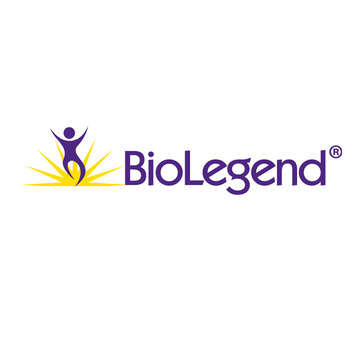IL-1beta in humans and mice does not encode a typical signal peptide and, as a result, newly synthesized pro-IL-1beta accumulates within the cytoplasm of activated monocytes and macrophages (1). Conversion of the inactive pro-IL-1beta to its mature form requires the proteolytic action of IL-1beta-converting enzyme (ICE), also termed caspase-1 (2). Secretion of mature IL-1beta from LPS-activated monocytes/macrophages is not a constitutive process. These cells must encounter a secondary stimulus that specifically activates the posttranslational processing events (2). Moreover, owing to its pro-inflammatory nature, IL-1beta is regarded as a tumor-promoting cytokine. In fact, enhanced tumor metastasis and angiogenesis has been observed under the influence of IL-1beta (3). IL-1beta is able to facilitate tumor progression in murine models of lung cancer. In addition, upregulation of metastasis and tumor angiogenesis by IL-1beta has been associated with increased activity of matrix metalloproteinases and expression of the pro-angiogenic molecule hepatocyte growth factor (4).

 Products
Products  Recombinant human IL-1beta (carrier-free)
Recombinant human IL-1beta (carrier-free)
